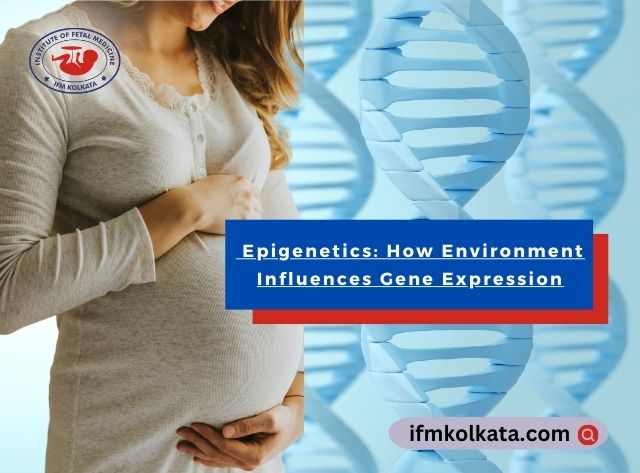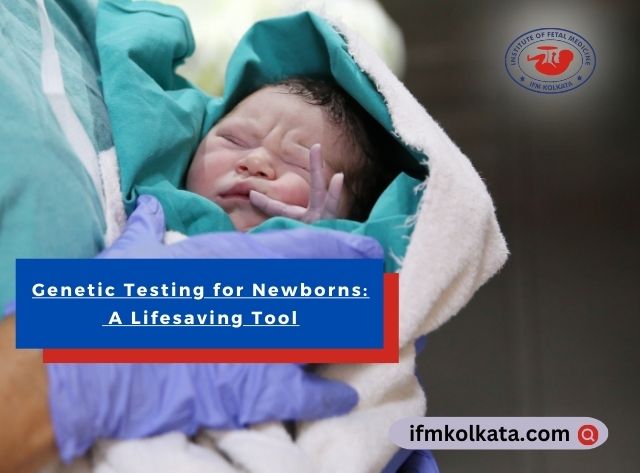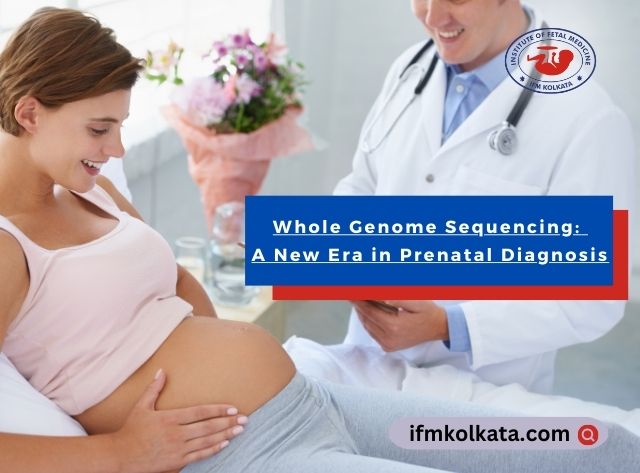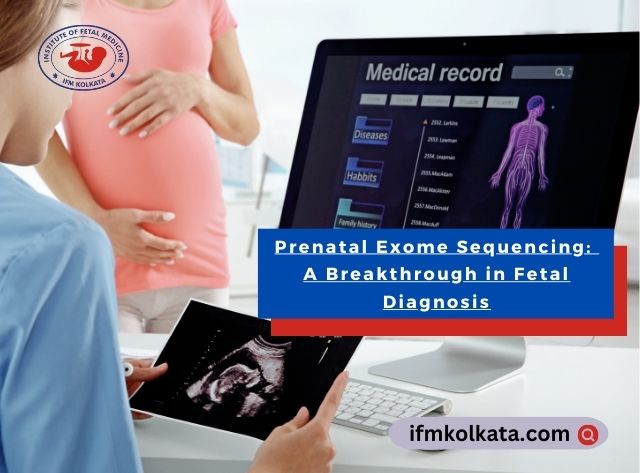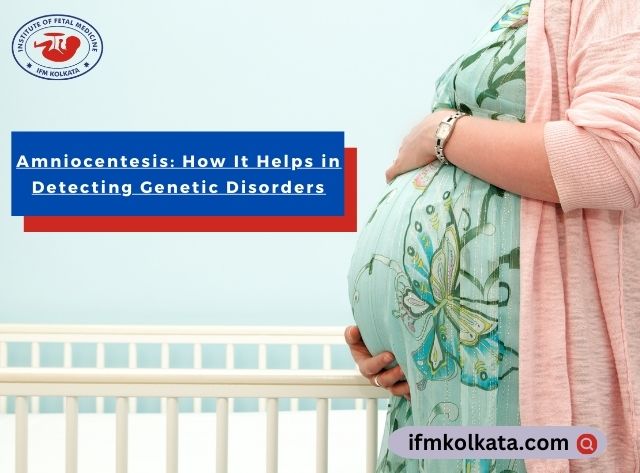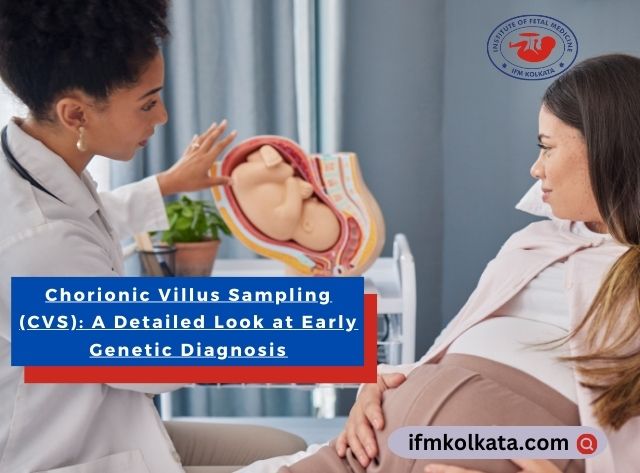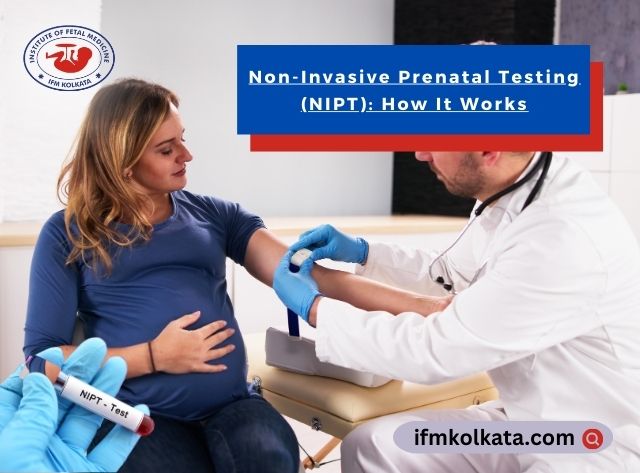Amniocentesis is a prenatal diagnostic procedure used to identify genetic disorders and other chromosomal abnormalities in the developing baby. Performed typically between the 15th and 20th weeks of pregnancy, this test involves taking a small sample of the amniotic fluid surrounding the baby in the uterus. This fluid contains fetal cells and various chemicals produced by the baby, which can provide vital information about the baby’s genetic makeup and overall health.
In this blog, we’ll explore how amniocentesis is performed, what conditions it can detect, who should consider it, and the risks involved.
What is Amniocentesis?
Amniocentesis is a diagnostic test that examines the amniotic fluid for chromosomal abnormalities, genetic conditions, and neural tube defects. The test can provide highly accurate results, making it a key tool for detecting conditions like Down syndrome, spina bifida, and cystic fibrosis.
The procedure is considered when there’s an increased risk of genetic abnormalities due to factors such as maternal age, family history, or abnormal results from earlier prenatal screenings.
Who Should Consider Amniocentesis?
Amniocentesis is generally offered to women who are at a higher risk for genetic conditions, including:
- Women over 35: The risk of chromosomal abnormalities like Down syndrome increases with maternal age.
- Abnormal screening results: If earlier screening tests (such as first-trimester blood tests or ultrasound) show signs of possible genetic issues, amniocentesis can confirm the diagnosis.
- Family history of genetic disorders: If there is a known history of certain genetic conditions, amniocentesis can help detect if the baby has inherited them.
- Previous pregnancy with a genetic condition: Women who have had a previous pregnancy with a genetic disorder may choose amniocentesis in future pregnancies to check for similar conditions.
How is Amniocentesis Performed?
The amniocentesis procedure is typically quick and performed in a medical setting. Here’s how it works:
- Ultrasound guidance: An ultrasound is used to determine the baby’s position and locate a safe spot to insert the needle.
- Needle insertion: A thin, hollow needle is carefully inserted through the mother’s abdomen and into the uterus. A small sample of the amniotic fluid is drawn into a syringe.
- Sample analysis: The collected fluid, which contains fetal cells, is sent to a lab for analysis. These cells are examined for genetic abnormalities and other conditions.
The procedure usually takes about 30 minutes, and most women experience only mild discomfort, similar to a regular blood test.
What Conditions Can Amniocentesis Detect?
Amniocentesis can detect a wide range of genetic and chromosomal conditions, including:
- Down syndrome (Trisomy 21): A common genetic disorder that affects a baby’s development and intellectual abilities.
- Spina bifida: A neural tube defect where the spine and spinal cord don’t form properly.
- Cystic fibrosis: A genetic disorder that affects the lungs and digestive system.
- Sickle cell anemia: A blood disorder that causes red blood cells to become misshapen.
- Tay-Sachs disease: A fatal genetic condition that affects the nerve cells in the brain and spinal cord.
It’s important to note that while amniocentesis is highly accurate for detecting these conditions, it does not test for every possible disorder.
Risks of Amniocentesis
Amniocentesis is considered a safe procedure, but like any medical test, it carries some risks. The primary risk is miscarriage, which occurs in about 1 in 200 to 1 in 400 procedures. Other potential risks include:
- Infection: In rare cases, an infection may occur following the procedure.
- Rh sensitization: If the mother has Rh-negative blood and the baby is Rh-positive, there’s a risk of Rh sensitization. This can be prevented by receiving a Rh immunoglobulin injection.
- Vaginal bleeding or leaking amniotic fluid: These side effects are uncommon but can occur after the procedure.
Your healthcare provider will discuss these risks with you to help you make an informed decision about whether amniocentesis is right for you.
Why is Amniocentesis Important?
For many parents, amniocentesis provides crucial insights into the baby’s genetic health. The test offers:
- Definitive answers: Unlike non-invasive screening tests, amniocentesis provides a clear diagnosis, helping parents understand their baby’s health with confidence.
- Early preparation: If a genetic condition is detected, parents and healthcare providers can prepare for medical interventions or specialized care that may be required after birth.
- Informed decision-making: Amniocentesis results can help parents make informed choices about their pregnancy.
Amniocentesis is a valuable diagnostic tool for detecting genetic disorders during pregnancy. While it is an invasive procedure with a small risk of miscarriage, it offers accurate and definitive answers that can help families plan and prepare for their baby’s future health.
If you’re considering amniocentesis, it’s important to consult with your healthcare provider, who can guide you based on your individual risk factors and help you understand the benefits and potential risks of the procedure.




